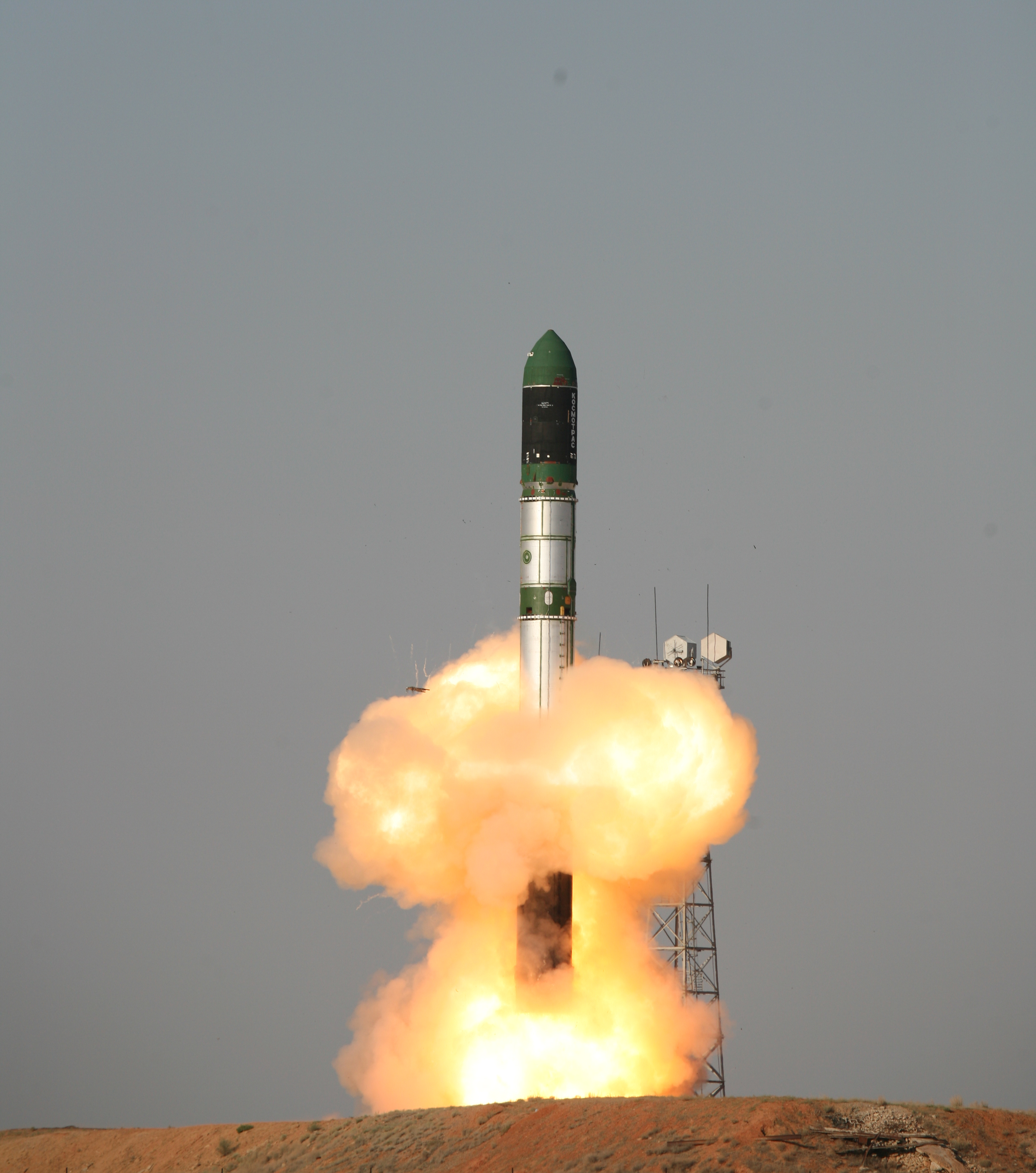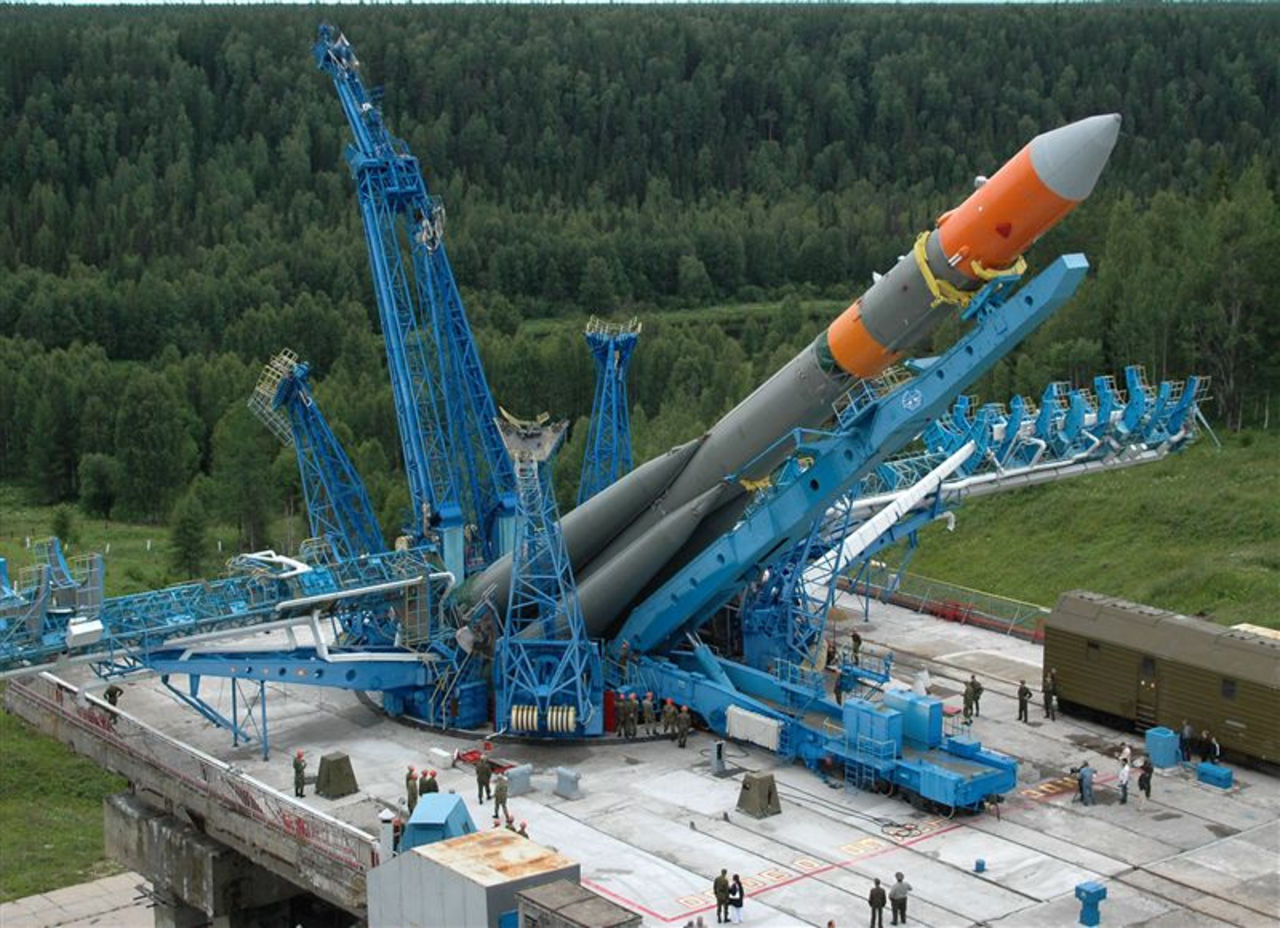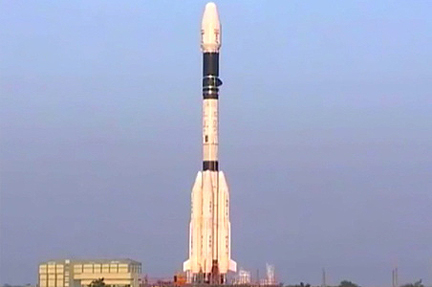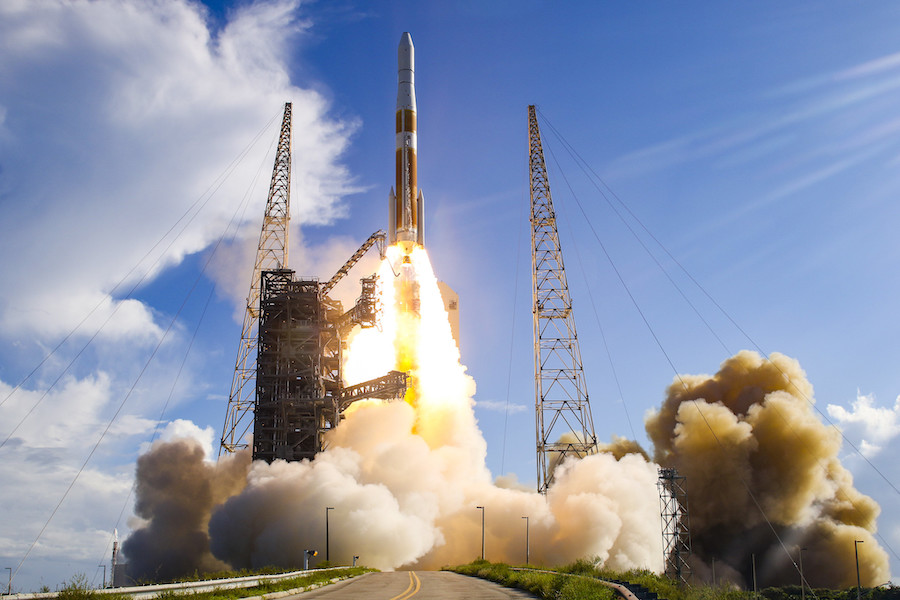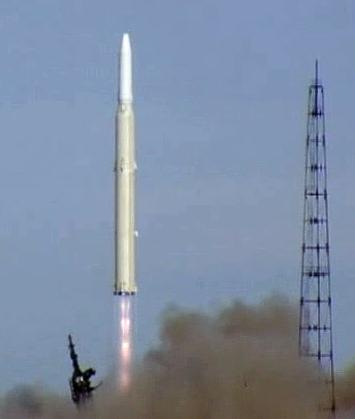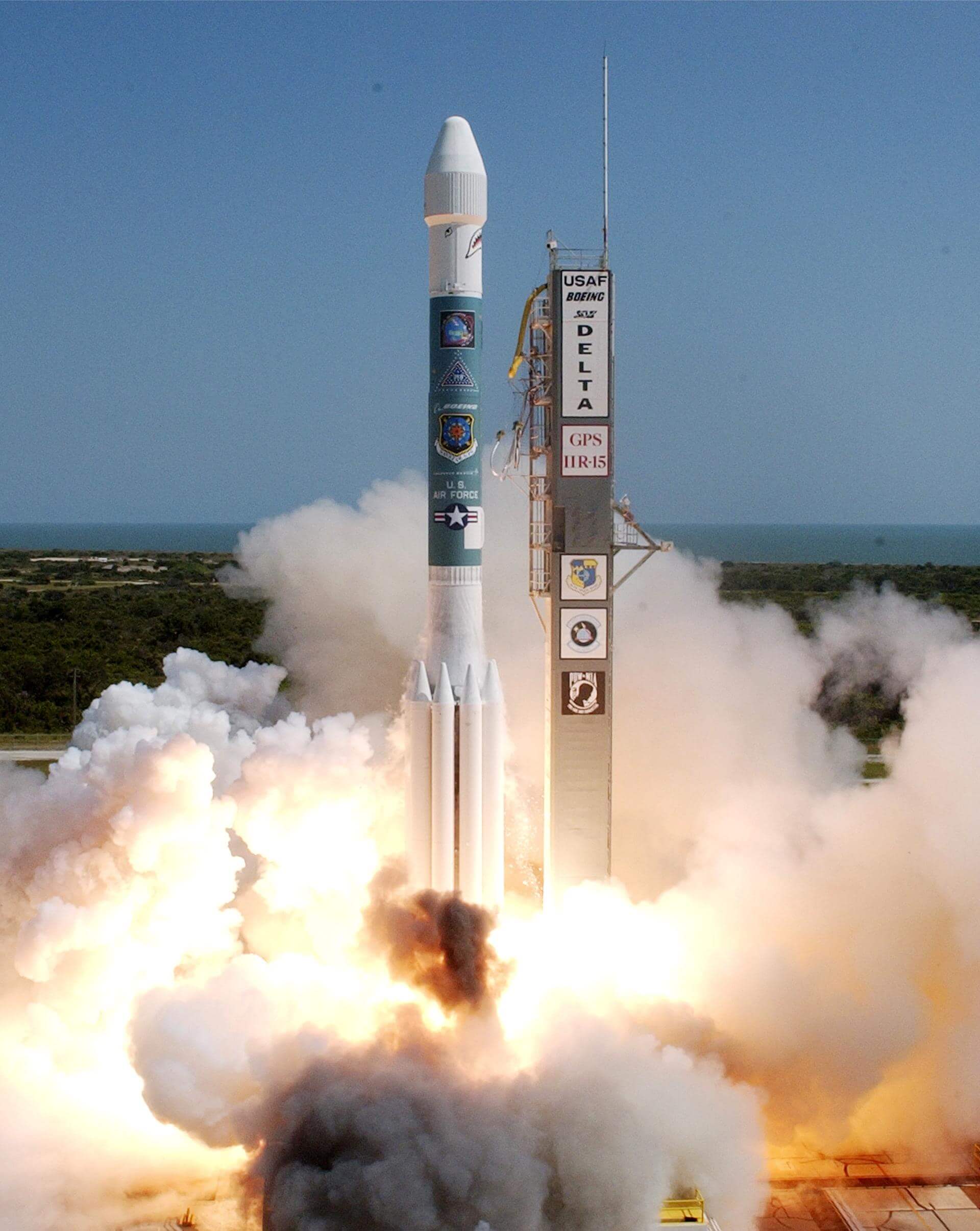Previous Spaceflight Launches
Filter by Agency, Locations or Vehicles
Show All LaunchesDnepr | BelKA
ISC Kosmotras | RussiaBaikonur Cosmodrome, Republic of Kazakhstan
July 26, 2006, 7:43 p.m.
Status: Launch Failure
Mission:
BelKa 1 is a remote sensing satellite that utilizes the Victoria universal satellite bus. Developed by Rocket and Space Corporation Energiya, Russia, under a contract with TSNIIMASH-Export, Russia, for National Academy of Sciences of Republic of Belarus as the final customer of the satellite.
Sun-Synchronous OrbitMolniya-M | US-K 83
Russian Space Forces | RussiaPlesetsk Cosmodrome, Russian Federation
July 21, 2006, 4:20 a.m.
Dnepr | Genesis-1
ISC Kosmotras | RussiaDombarovskiy, Russian Federation
July 12, 2006, 2:53 p.m.
Status: Launch Successful
Mission:
Genesis Pathfinder is a technology demonstration for the inflatable Nautilus space station structure as a prototype for a space hotel by Bigelow Aerospace. Once in Earth orbit, the one-third scale hardware is to produce important data regarding multiple features of a full-scale spacecraft. Genesis 1 will be pressurized with nitrogen, but later units will use an oxygen/nitrogen mixture. Genesis includes also windows and an airlock simulator with key seal interfaces. Genesis is 10 ft×8 ft in size when inflated.
Low Earth OrbitGSLV | INSAT-4C
Indian Space Research Organization | IndiaSatish Dhawan Space Centre, India
July 10, 2006, 12:08 p.m.
Space Shuttle Discovery / OV-103 | STS-121
National Aeronautics and Space Administration | United States of AmericaKennedy Space Center, FL, USA
July 4, 2006, 6:37 p.m.
Status: Launch Successful
Mission:
STS-121 was a 2006 NASA Space Shuttle mission to the International Space Station (ISS) flown by Space Shuttle Discovery. The main purposes of the mission were to test new safety and repair techniques introduced following the Columbia disaster of February 2003 as well as to deliver supplies, equipment and European Space Agency (ESA) astronaut Thomas Reiter from Germany to the ISS.
Low Earth OrbitDelta IV M+(4,2) | NROL-22
United Launch Alliance | United States of AmericaVandenberg SFB, CA, USA
June 28, 2006, 3:33 a.m.
Status: Launch Successful
Mission:
These spacecraft are probably the replacement for the Trumpet SIGINT satellites operating in a Molniya orbit. As no name is known, these are referred here as "Trumpet Follow On". Possibly these satellites might be named Raven. These satellite most likely use a large, unfurlable dish antenna to collect the signals. Advances in both antenna and electronics technologies have allowed for a large reduction in size compared the Trumpet predecessors.
High Earth OrbitTsiklon-2 | US-PM 13
Yuzhnoye Design Bureau | UkraineBaikonur Cosmodrome, Republic of Kazakhstan
June 25, 2006, 4 a.m.
Status: Launch Successful
Mission:
US-PM (Upravlenniye Sputnik Passivny Modifikirovanny) (also reported as US-PU) was a solar powered improved EORSAT (Electronic Ocean Reconnaissance Satellite). It used an passive ELINT devices to track naval vessels from space by registering their electronic emmissions.
Low Earth OrbitSoyuz U | Progress M-57
Russian Federal Space Agency (ROSCOSMOS) | RussiaBaikonur Cosmodrome, Republic of Kazakhstan
June 24, 2006, 3:08 p.m.
Delta II | MITEx
United Launch Alliance | United States of AmericaCape Canaveral SFS, FL, USA
June 21, 2006, 10:15 p.m.
Status: Launch Successful
Mission:
MITEx (Micro-Satellite Technology Experiment) is an experimental U.S. military project to test whether the advanced technologies embedded in two miniature satellites and a new upper stage kick motor can operate through the rigors of spaceflight. MiTEx will investigate and demonstrate advanced space technologies such as lightweight power and propulsion systems, avionics and spacecraft structures; commercial-off-the-shelf processors; affordable, responsive fabrication/build-to-launch techniques; and single-string components. The MITEx experiment will be deployed into a geostationary transfer orbit (GTO), from which the MITEx Upper stage will put the experiments into a geostationary orbit (GEO).
Geostationary OrbitZenit | Galaxy 16
Sea Launch | RussiaSea Launch
June 18, 2006, 7:50 a.m.
Status: Launch Successful
Mission:
Galaxy 16 is a C- and Ku-band satellite with 24 C-band and 24 Ku-band transponders. The spacecraft is a version of SS/L's space-proven SSL-1300 satellite platform, which has an excellent record of reliable operation. The geostationary SSL-1300 has a designed service life of 15 years and maintains station-keeping and orbital stability by using bipropellant propulsion and momentum-bias systems.
Geostationary Orbit